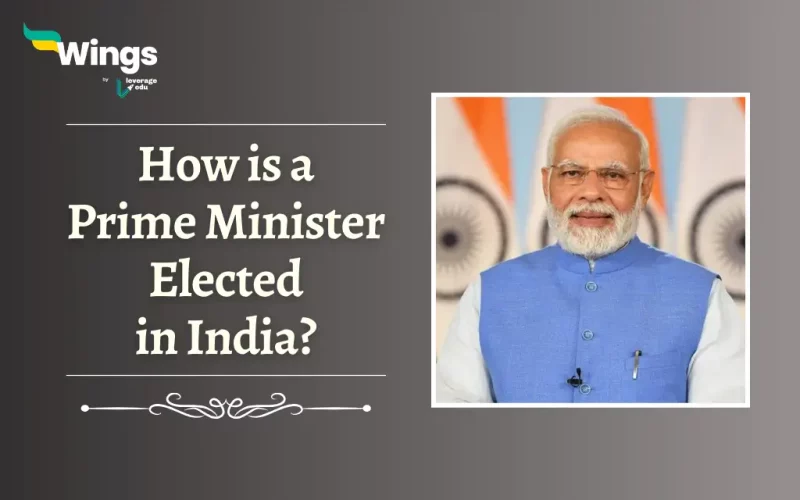The Members of the Parliament elect the Prime Minister of India. Article 75 of the Hon’ble Indian Constitution clearly states how the Prime Minister is elected in India. Moreover, it mentions that the PM should be appointed by the President of India. Additionally, other ministers at the suggestion of the PM and are appointed by the President of India. Read on to learn more in detail about the entire Election Process of the Prime Minister of India.
Table of Contents
Eligibility of Prime Minister
The eligibility criteria for appointment of the election of Prime Minister of India:
- Indian citizen.
- They must be a representative of the Rajya Sabha or Lok Sabha of our Parliament.
- At least 25 years of age, in case the candidate is active in Lok Sabha. On the other hand, in the case of an active member of the Rajya Sabha, the candidate should be 30 years of age minimum.
- In case the candidate is not an active member of either of the Houses of Parliament, they can be elected by the President of India.
- However, they will have to serve either of the Houses for 6 months after being elected.
- In Lok Sabha elections, the candidate’s party or alliance must have scored the most votes.
- Must not have a profit-making position in the Indian government services, Cabinet, or any other State’s government.
- The candidate must not have any criminal charges against them.
Also Read: Indira Gandhi: Know All About the First Woman Prime Minister
Election of the Prime Minister of India
Furthermore, the Election of the Prime Minister in India has many steps:
- Every 5 years, India conducts General Elections to elect members of the Lok Sabha.
- Citizens aged 18 and above are eligible to vote.
- A Political party or Coalition must secure at least 272 out of 543 seats in the Lok Sabha to form the government.
- The leader of the majority party or coalition is usually chosen as the Prime Minister of our nation.
- The President of India appoints the Prime Minister.
- This person is usually the leader of the party or coalition that has the majority of seats in the Lok Sabha and must have the confidence of the majority of its members.
- After the appointment, the Prime Minister takes the oath of office and secrecy before the President of India, as in the Third Schedule of the Constitution.
- Upon becoming Prime Minister, the individual must resign from any private or government posts they hold.
- The Prime Minister and the Council of Ministers are accountable to the Lok Sabha.
Thus, this structured process guarantees that the Prime Minister of India is elected through a democratic and constitutional framework. Therefore, reflecting the will of the electorate as expressed in the general Elections.
Power and Functions of the Prime Minister
The Prime Minister of India is the head of the government and nation. Here are the functions and responsibilities of the Prime Minister of India:
- Head of the Nation– The PM is the sole head of the Government of India.
- Recommendation of Ministers- The PM recommends candidates who can be appointed as Ministers by the President.
- Allocation of Portfolio– The Elected PM in India has the power to allocate or reshuffle the portfolio of Ministers.
- Removal of Minister- In case of disagreement between ministers, the PM can fire or ask the minister to resign from their position.
- Chairman of the Cabinet– The Prime Minister of India is the chairman of the cabinet.
- Bridge between President and Cabinet– A PM can act as a bridge between the President and Cabinet ministers.
- All administration-related affairs of the union and proposals for legislation from the end of the Cabinet are transmitted to the President of India by the PM.
- Head- Nuclear Command Authority, NITI Aayog, Appointments Committee of the Cabinet, Department of Atomic Energy, Department of Space and Ministry of Personnel, Public Grievances and Pensions are all headed by the PM of India.
Related Blogs
Lastly, we hope you liked our blog and gained an understanding of How is a Prime Minister Elected in India. Moreover, you may even read more blogs and empower yourself with knowledge regarding Civics and Polity!
 One app for all your study abroad needs
One app for all your study abroad needs













